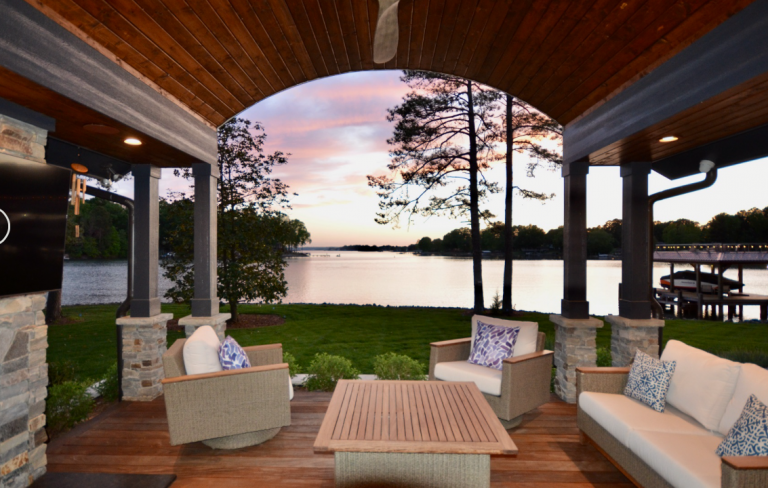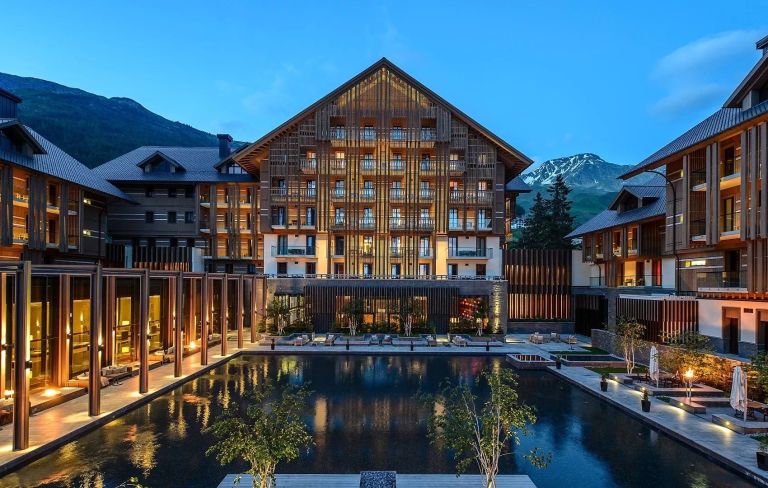In recent months, there have been increasing calls to preserve and respectfully renovate existing structures instead of demolishing them. In many cases, this demand is very difficult to realise; building regulations, the goal of more living space or financing are just a few examples of the restrictive framework conditions.
The online magazine baunetz interior|design recently presented five examples of conversions that celebrate historic buildings and extensions that blend in sensitively with their surroundings in its newsletter.

In London, the architecture firm Pricegore has remodelled a terraced house from the 1960s. A new floor plan and an extension create space for family life and provide a view of the countryside. (Source: baunetz interior|design)
Under the title “Botanik trifft Brutalismus“, the magazine writes: “Reinforcing the qualities of the original architecture while adapting the interiors to contemporary living: this was the mission of the London architecture firm Pricegore, which recently transformed a terraced house from the 1960s in the Chelsea district into a spacious family home. The project is characterised by its respectful and almost loving treatment of the existing building.”

Architect Will Gamble turns old walls into a house-within-a-house solution – with an exciting variety of old and new clinker bricks. (Source: baunetz interior|design)
It was the rescue of a ruin (Rettung einer Ruine), continues baunetz interior|design. Instead of demolishing an old parchment factory in Northamptonshire, Will Gamble Architects made it part of a house-within-a-house solution using a variety of clinker bricks. This extension pleased the client and the conservation authorities.
Other examples include a space for self-expression(Raum für Selbstentfaltung), a project with a garden at its centre (Im Zentrum ein Garten) and a project in Dublin that emphasises the power of contrast (Die Kraft des Kontrasts).


